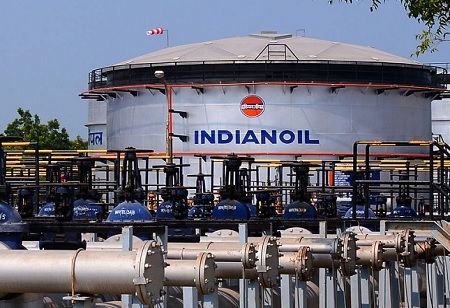
Indian Oil Corporation (IOC), the top refiner in the country, has launched a significant data-driven digitalization drive to improve its crude acquisition, refinery operations, and financial management. This has increased both its efficiency and bottom line. Manish Grover, executive director (strategic information systems), Indian Oil Corporation, said: "What we have started doing is using the enormous data available to us to drive our decisions." IOC's operations, which include refineries, pipelines, gas stations, aircraft fueling stations, natural gas networks, and petrochemical plants, create a vast amount of data every day.
As a group, we run refineries in ten different places. At one moment, we can handle 400 different kinds of neat crude. Three ports are used to import crude, which is then moved to a variety of refineries, the majority of which are landlocked. We deal with as many as 12,000 different crude mix variants at once in this complicated operation, said Grover. Then there are the demands brought on by the war, which force you to make hasty decisions regarding crude purchases at sea and to expedite the unloading schedule for them.
Grover stated that the goal is to increase yields and decrease interruptions, adding that each day that refining is interrupted might result in a possible loss of Rs 200–300 crore in sales. According to him, the company's new digital architecture helps "predict what can go wrong and help us act to prevent that".
"We have developed digital twins of the refinery units, which helps us optimise the operation and results in annual gains that reach the millions of dollars." Digital twins, as opposed to physical units, provide the ability to dynamically modify input parameters, enabling the development of diverse outputs.
We use cookies to ensure you get the best experience on our website. Read more...